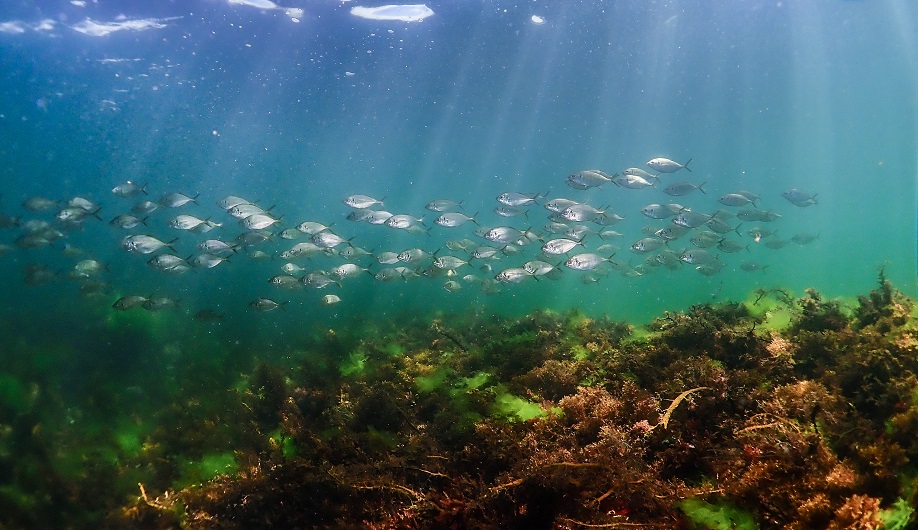
A new partnership between the Derwent Estuary Program (DEP) and IMAS will benefit researchers, students, and the health of Hobart’s iconic waterway.
DEP CEO, Ms Ursula Taylor, said the Program has a long-standing association with IMAS and the agreement will further increase the benefits to both organisations.
“We have worked together for many years on research projects, student support, grant funding and publications, so we’re looking forward to building this relationship,” Ms Taylor said.
“The partnership will give IMAS access to 20 years of water quality data, and this will support place-based projects for students and researchers.”
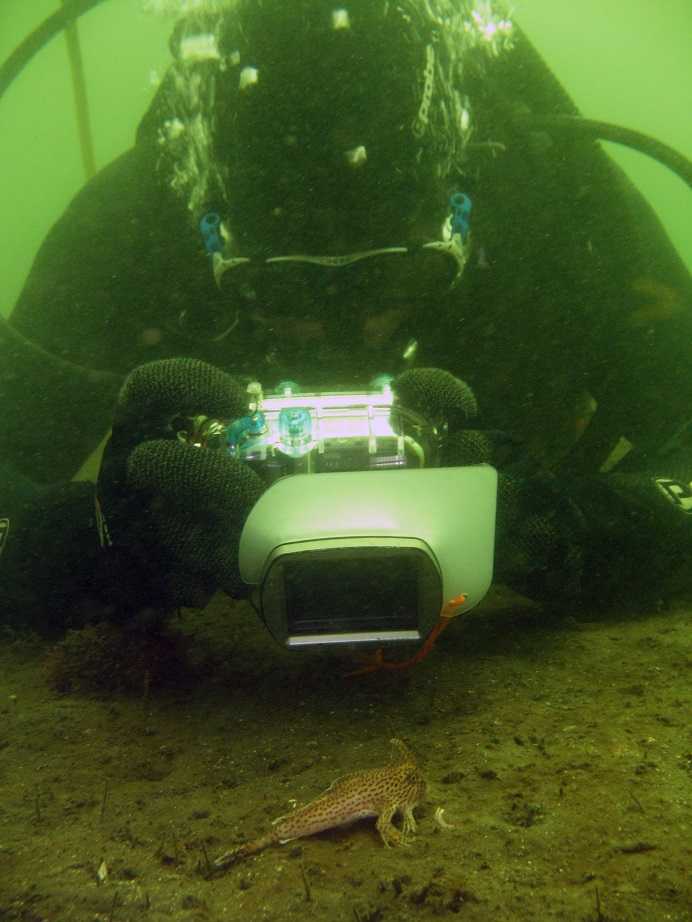 IMAS student Amelia Fowles photographs IMAS student Amelia Fowles photographs Spotted handfish in the Derwent | 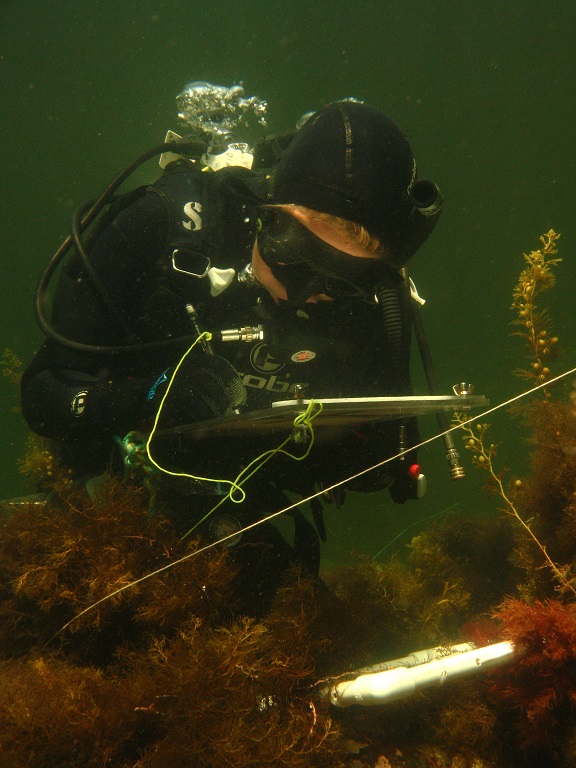 IMAS student Ivan Hinojosa conducts IMAS student Ivan Hinojosa conducts dive surveys in the Derwent |
IMAS Ecology and Biodiversity Centre Head and DEP Board Member, Professor Catriona Macleod, said the partnership will formalise a relationship that many IMAS researchers have been committed to for a number of years.
“The Derwent is right on our doorstep and has some significant issues which IMAS is well placed to help address, so we’re excited to be making a real difference to our local environment and community,” Prof Macleod said.
“Having student projects in the local community is also a great way to connect our science to the community, and the community to IMAS.”
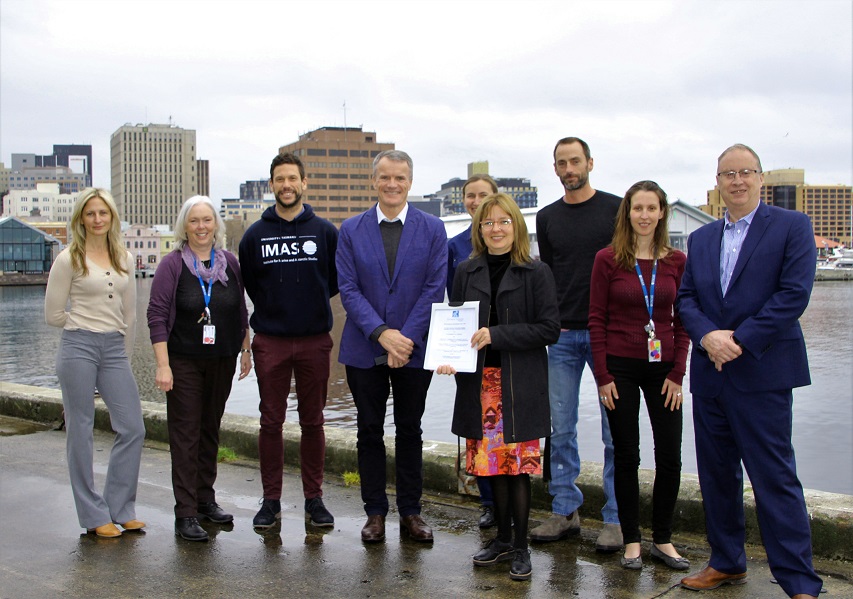
IMAS Executive Director Terry Bailey is looking forward to the collaboration. “The University of Tasmania is an integral part of our island state’s community and our IMAS partnership with the DEP will deepen our commitment to that strong community connection,” Mr Bailey said.
Ms Taylor said the collaboration will ultimately improve the Derwent. “This wonderful river and estuary are integral to Hobart, so those improvements will be a fantastic outcome.”
IMAS joins the DEP and its partners who are all working together to restore the health of the Derwent estuary, including the Tasmanian Government; Brighton, Clarence, Derwent Valley, Glenorchy, Hobart and Kingborough councils; Nyrstar Hobart Smelter; Norske Skog Paper; TasWater; Hydro Tasmania and the Tasmanian Ports Corporation.
Here's just a few of the marine creatures IMAS scientists and students have photographed in the Derwent, including Banded stingray, Stargazer, Basket starfish, invasive Pacific starfish and (top right) a school of Trevally (Photo: Scott Ling).
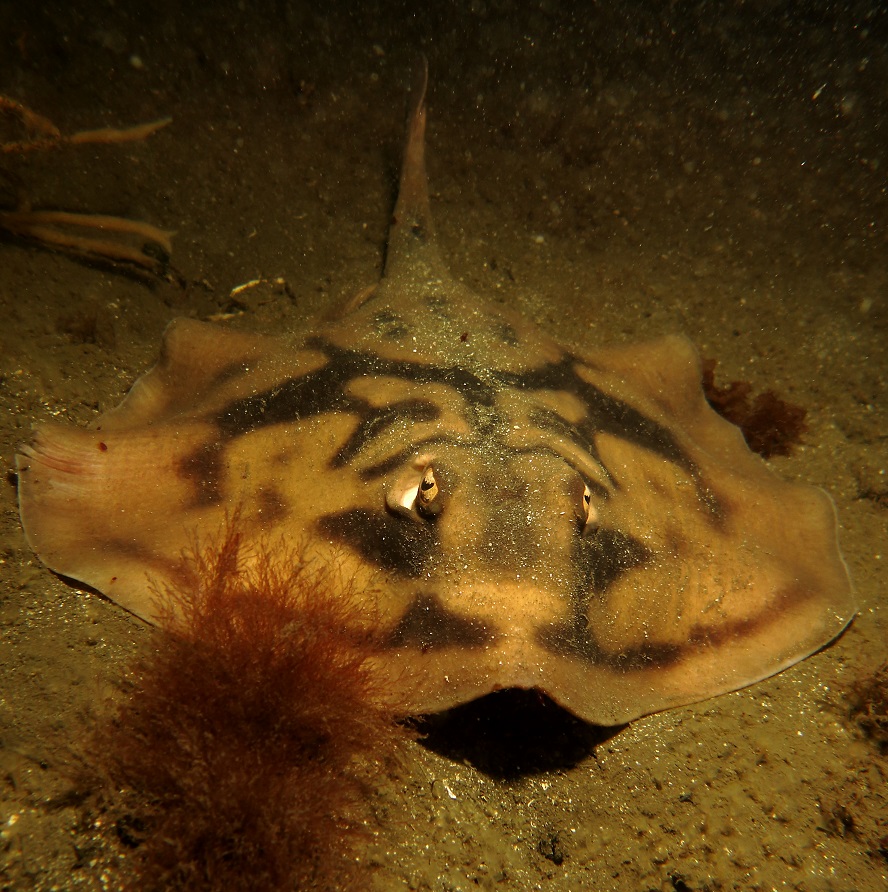 The Banded stingray's patterned skin provides the perfect camouflage against the Derwent's sandy sediment The Banded stingray's patterned skin provides the perfect camouflage against the Derwent's sandy sediment (Photo: Antonia Cooper) | 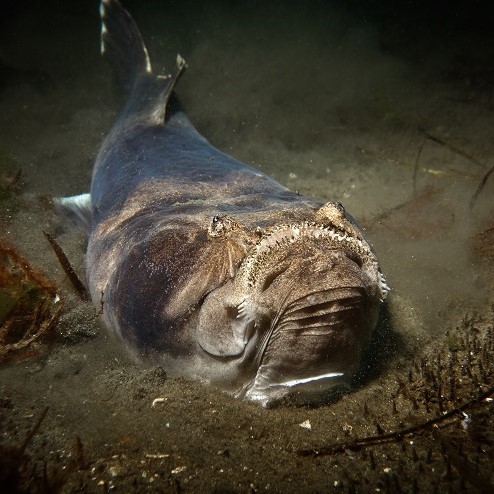 The Stargazer, with its bulldog-like face, has adapted to spend most of its life on or under the sand The Stargazer, with its bulldog-like face, has adapted to spend most of its life on or under the sand (Photo: Emma Flukes) |
 Basket stars curl up during the day, but at night they seek an elevated position, face into the current and spread their long branching arms to capture zooplankton (Photo: Emma Flukes) Basket stars curl up during the day, but at night they seek an elevated position, face into the current and spread their long branching arms to capture zooplankton (Photo: Emma Flukes) |  Northern Pacific seastars (Asterias) arrived on ships 20 years ago and now thrive in Tasmanian waters. IMAS and community divers regularly cull these highly invasive and destructive starfish (Photo: Scott Ling) Northern Pacific seastars (Asterias) arrived on ships 20 years ago and now thrive in Tasmanian waters. IMAS and community divers regularly cull these highly invasive and destructive starfish (Photo: Scott Ling) |
Image (group above): The DEP and IMAS will continue to monitor and improve the health of the Derwent, under the formal partnership, signed on Friday. Pictured (L to R): Dr Jemina Stuart-Smith, Professor Catriona Macleod, Assoc Prof Scott Ling, IMAS ED Terry Bailey, Dr Bernadette Proemse, DEP CEO Ursula Taylor, Assoc Prof Rick Stuart-Smith, Dr Jennifer Lavers, and DEP Chair Nick Heath.
Published 30 August 2021